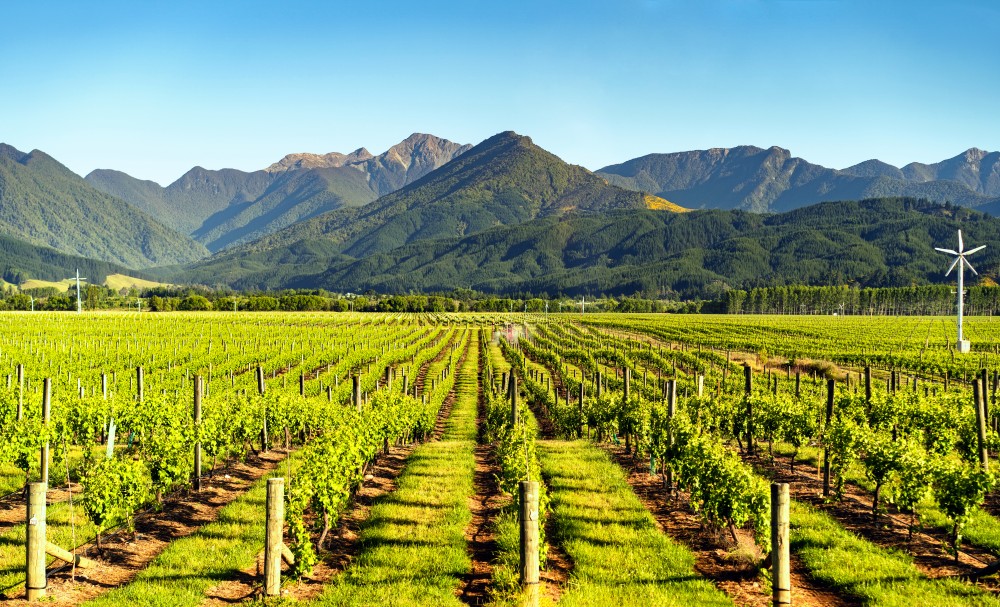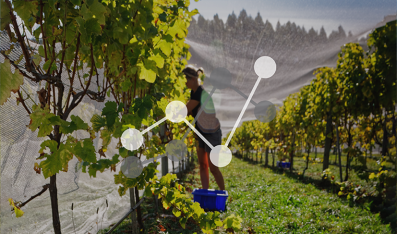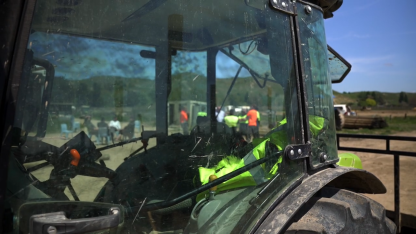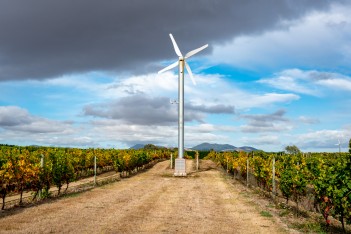2026 Investment Advice
Muka Tangata provides advice to TEC on investment in vocational education to influence funding decisions that considers industry needs, to help match skills and workforce demands with supply.
Learn moreThe largest grape growing region in New Zealand is Marlborough, and sauvignon blanc is the primary varietal.
Around 1/3 of the workforce in the Grapes and Wine industry are in Marlborough.
Over the past few years, grape growers have faced a volatile operating environment due to changes in rainfall, input costs, grape output volumes and wine grape prices, all of which have affected the industry's performance.
Key Challenges
Find out about our work to assess the quality of programmes delivered by providers for this industry here.
A snapshot of the Grapes and Wine workforce development plan is available for download here. Please note that this reflects a point in time (July 2024). The most up to date information is on the workforce development plans website.
Muka Tangata provides advice to TEC on investment in vocational education to influence funding decisions that considers industry needs, to help match skills and workforce demands with supply.
Learn more
This section provides information about the workforce, industry and Vocational Education and Training (VET) provision and performance. It shows data and research focused on key aspects of Muka Tangata industry groups and learners. This section is expected to feature regular updates to the data and trends being showcased.

Insights for Industry about trends in economic performance indicators.

Insights on the workforce, including; size, ethnicity, age, regional distribution, and gender.

Insights about learners, including trends in enrolments and mix of provision.
In developing the Grapes and Wine workforce development plan, we engaged with industry to better understand the top industry opportunities. One pressure point for industry training comes from the fact that the seasonal requirements of the Grapes and Wine industry do not always align with the delivery and assessment of qualifications. Furthermore, we understand that employers generally favour experience over qualifications.
Some grape and wine growing regions experience different attraction and retention issues in both permanent and seasonal roles. This is in part due to competition for a limited number of skilled people and because the information available on pathways into and through the industry and the associated qualifications is unclear or can be difficult to find.
This is our plan to address the vocational education and training opportunities that arose from our engagement, research and analysis. It includes real projects that we are committed to delivering, with most of these spanning across some or all Muka Tangata industries. Our Projects have replaced our previous “Roadmap Actions” and present a consolidated view of our mahi. Some of the previous roadmap actions have been completed or closed out following a review of our work programme and engagement with industry on the priority of these actions.


